Power Articles
Industry Elevating Content
Resilient Roofing: Choosing Materials That Can Withstand the Test of Time
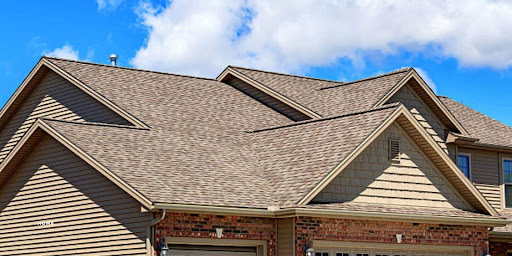
PowerArticles
Feb. 26, 2024
In the world of exterior home remodeling, choosing the right roofing materials is crucial for long-lasting protection against the elements. Resilient roofing materials can endure harsh weather conditions and stand the test of time, providing homeowners with peace of mind and avoiding costly repairs. This article will explore the key factors to consider when selecting roofing materials that offer durability and longevity, ensuring customer satisfaction and enhancing the reputation of exterior home remodeling companies.
Understanding Resilient Roofing
Resilient roofing refers to the ability of a roof to withstand various external factors and remain durable over time. It’s like having a tough shield over your home, protecting it from the harsh elements. A resilient roof can endure extreme weather conditions, maintain its structural integrity, and require minimal maintenance to stay in top-notch condition. Essentially, it’s about choosing the right materials and ensuring proper installation to create a long-lasting roofing solution.
B. Factors affecting roof resilience
- Weather conditions: Mother Nature can be quite unforgiving, with elements like rain, wind, snow, and hail posing significant challenges to your roof’s durability. A resilient roof should be able to withstand these weather extremes without sustaining damage.
- Material quality: The quality of roofing materials plays a crucial role in determining how well your roof can withstand the test of time. High-quality materials are typically more durable and resistant to wear and tear compared to cheaper alternatives.
- Maintenance: Regular maintenance is key to preserving the resilience of your roof. Simple tasks like cleaning gutters, inspecting for damage, and repairing minor issues can prevent larger problems down the road and extend the lifespan of your roof.
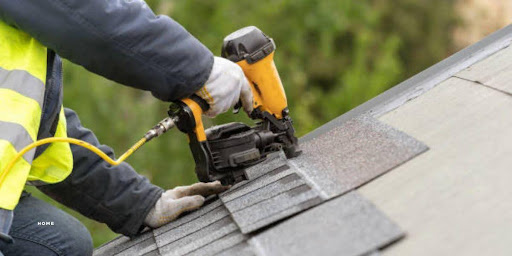
Common Roofing Materials
A. Asphalt Shingles
- Pros: Asphalt shingles are widely popular due to their affordability and ease of installation. They come in various colors and styles to suit different aesthetic preferences. Additionally, they provide decent protection against weather elements.
- Cons: While asphalt shingles are relatively durable, they may not be as resilient as other roofing materials, especially in extreme weather conditions. They can also deteriorate over time, requiring more frequent replacement compared to some other options.
B. Metal Roofing
- Pros: Metal roofing offers excellent durability and longevity, making it highly resilient against various weather conditions. It’s resistant to fire, rot, and insect damage, making it a low-maintenance option. Metal roofs can also be energy-efficient, reflecting sunlight and reducing cooling costs.
- Cons: The initial cost of metal roofing tends to be higher than other materials like asphalt shingles. Additionally, improper installation or low-quality materials can lead to issues like rust or noise during heavy rainfall.
C. Clay Tiles
- Pros: Clay tiles are known for their durability and resistance to fire, insects, and rot. They have a distinct aesthetic appeal, adding a touch of elegance to any home. Clay tiles also have excellent thermal insulation properties, helping to regulate indoor temperatures.
- Cons: Clay tiles can be heavy, requiring a sturdy roof structure for support. They are also more susceptible to damage from impact, such as falling branches or hail. Additionally, professional installation is crucial to ensure proper water drainage and prevent leaks.
D. Concrete Tiles
- Pros: Concrete tiles offer similar benefits to clay tiles in terms of durability and fire resistance. They are more affordable than clay tiles and come in various colors and styles. Concrete tiles are also relatively low-maintenance and can last for decades with proper care.
- Cons: Like clay tiles, concrete tiles are heavy and may require additional roof support. They can also absorb water if cracked or damaged, leading to potential issues like mold or mildew growth. Proper installation and regular inspections are essential for maximizing the resilience of concrete tile roofs.
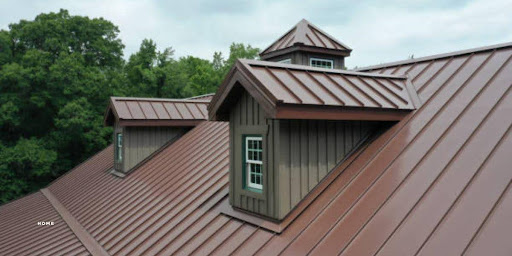
Factors to Consider When Choosing Resilient Roofing Materials
When selecting roofing materials that can endure the trials of time, several factors must be taken into account.
Durability
The durability of a roofing material refers to its ability to withstand wear, tear, and external pressures over an extended period. Materials like metal roofing and clay tiles are renowned for their durability, capable of resisting impacts from hail, falling debris, and high winds without sustaining significant damage. Asphalt shingles, although less resilient than metal or clay, still offer decent durability when properly installed and maintained.
Resistance to Weather Elements
Roofs bear the brunt of nature’s fury, making resistance to weather elements a crucial consideration. Look for materials with excellent waterproofing properties to prevent leaks and water damage during heavy rainfall or snowfall. Additionally, materials resistant to UV radiation can maintain their structural integrity and aesthetic appeal under the scorching sun.
Longevity
Longevity denotes the expected lifespan of roofing materials under normal conditions. Investing in materials with a longer lifespan reduces the frequency of replacements, saving homeowners from the hassle and expenses associated with frequent repairs or re-roofing. Metal roofing often boasts an impressive lifespan of 50 years or more, while properly maintained asphalt shingles can last up to 30 years.
Maintenance Requirements
Every roofing material demands a certain level of maintenance to preserve its functionality and appearance. Assess the maintenance needs of different materials and consider the availability of resources and expertise for upkeep. While materials like metal and concrete tiles require minimal maintenance, wooden shakes may need periodic treatments to prevent rot and decay.
Cost-Effectiveness
While upfront costs play a significant role in material selection, it’s essential to evaluate the long-term cost-effectiveness of each option. Consider factors such as lifespan, maintenance requirements, and energy efficiency to determine the overall value offered by a roofing material. While some materials may have higher initial costs, their durability and longevity can result in lower lifecycle costs.
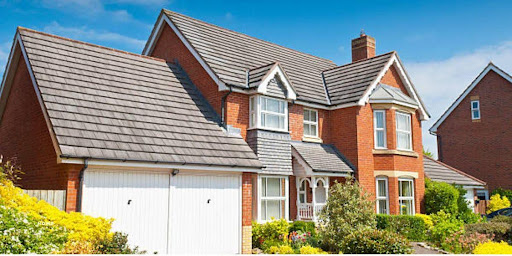
Tips for Exterior Home Remodeling Companies
As exterior home remodeling companies, it’s crucial to provide comprehensive guidance to clients to ensure they make informed decisions regarding resilient roofing materials.
Conducting Thorough Assessments of Environmental Factors
Before recommending any roofing materials, conduct a thorough assessment of the local climate, prevailing weather patterns, and environmental factors such as exposure to saltwater or air pollution. This information helps tailor recommendations to suit the specific needs and challenges of each location.
Understanding Client Needs and Budget Constraints
Listen attentively to clients’ requirements, preferences, and budget constraints to recommend roofing solutions that align with their expectations. Offer a range of options spanning different price points and features, allowing clients to make decisions based on their priorities and financial capabilities.
Recommending the Most Suitable Resilient Roofing Materials
Based on the findings of environmental assessments and client consultations, recommend the most suitable resilient roofing materials that strike a balance between durability, longevity, and affordability. Provide detailed information about each option, highlighting its benefits, drawbacks, and suitability for the client’s unique circumstances.
Providing Maintenance Guidelines to Homeowners
Empower homeowners with the knowledge and resources needed to maintain their resilient roofs effectively. Offer comprehensive maintenance guidelines covering tasks such as gutter cleaning, inspection of flashing and seals, and addressing minor repairs promptly to prevent issues from escalating.
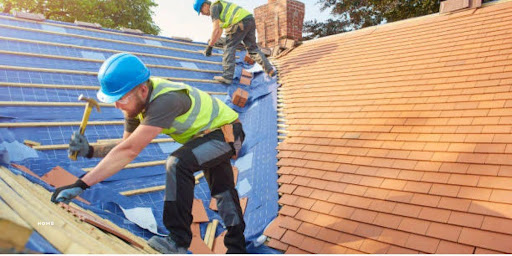
Conclusion
Selecting resilient roofing materials is crucial for ensuring durability and longevity in exterior home remodeling projects. By choosing materials that can withstand the test of time, such as metal roofing or high-quality asphalt shingles, exterior home remodeling companies can provide homeowners with roofs that offer long-term protection against various weather conditions and environmental factors. Prioritizing resilience not only enhances customer satisfaction but also reduces the need for frequent repairs or replacements, ultimately saving both time and money in the long run.
Published By
PowerArticles
Feb. 26, 2024